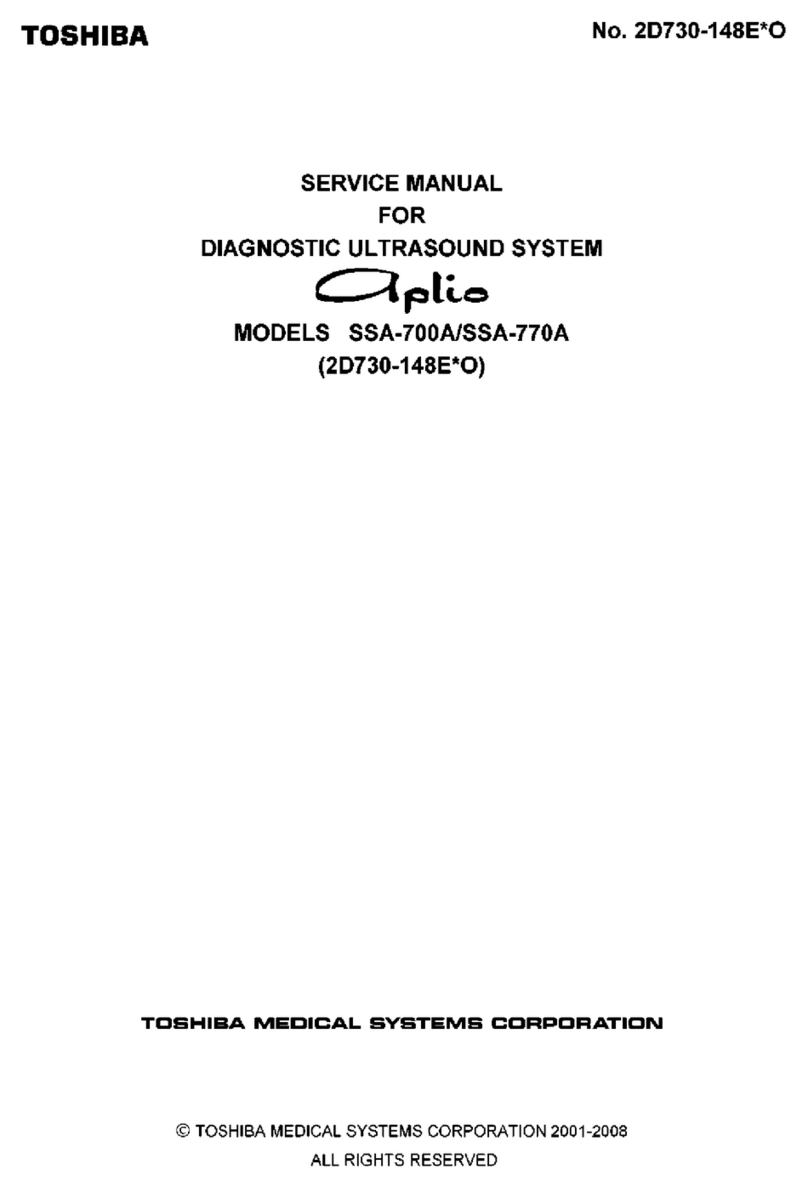
No. 2B730-973EN*D
- a -
Table of Contents
Introduction......................................................................................................................C-1
Intellectual Property...................................................................................................L-1
Organization of the Operation Manuals......................................................U-1
Safety Precautions......................................................................................................S-1
Important Information..............................................................................................W-1
Outline of the SSA-530A
1. Intended Use, Operating Principles,
and Specifications......................................................................1-1
1.1 Intended Use...............................................................................................1-1
1.2 Operating Principles..............................................................................1-1
1.3 Specifications.............................................................................................1-2
1.4 Patient Environment..............................................................................1-3
2. System Configuration...........................................................2-1
2.1 Standard Configuration.......................................................................2-1
2.2 List of Optional Units............................................................................2-1
2.3 List of Peripheral Devices.................................................................2-2
2.4 List of Available Transducers........................................................2-2
3. System Overview.........................................................................3-1
3.1 Name of Each Part..................................................................................3-1
3.2 Main Panel.....................................................................................................3-3
3.3 Side Panel .....................................................................................................3-6
3.4 Rear Panel.....................................................................................................3-7





























